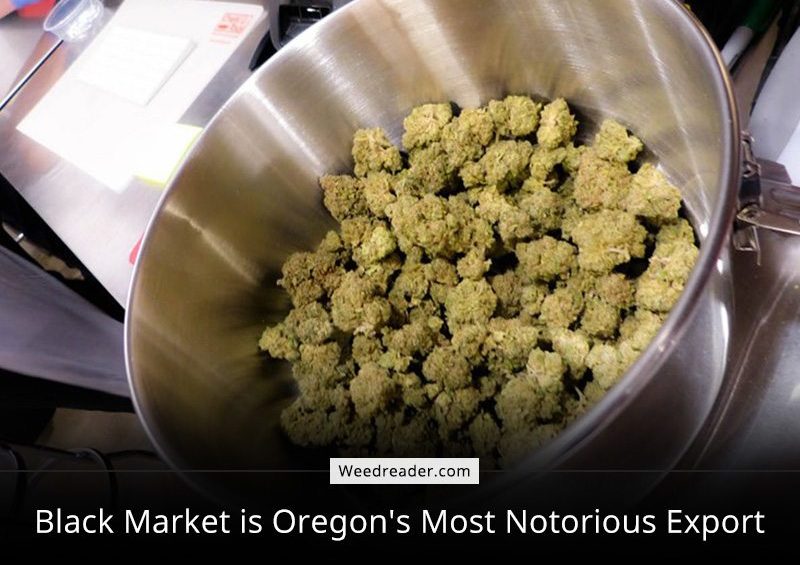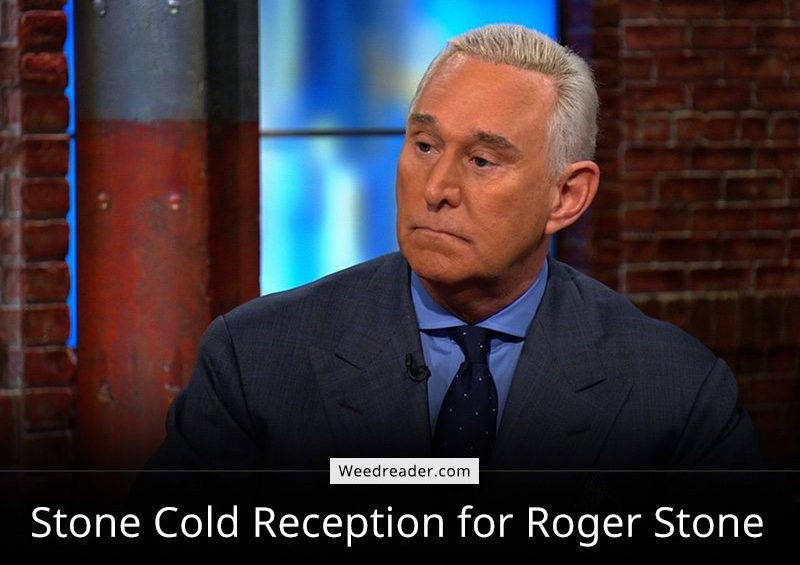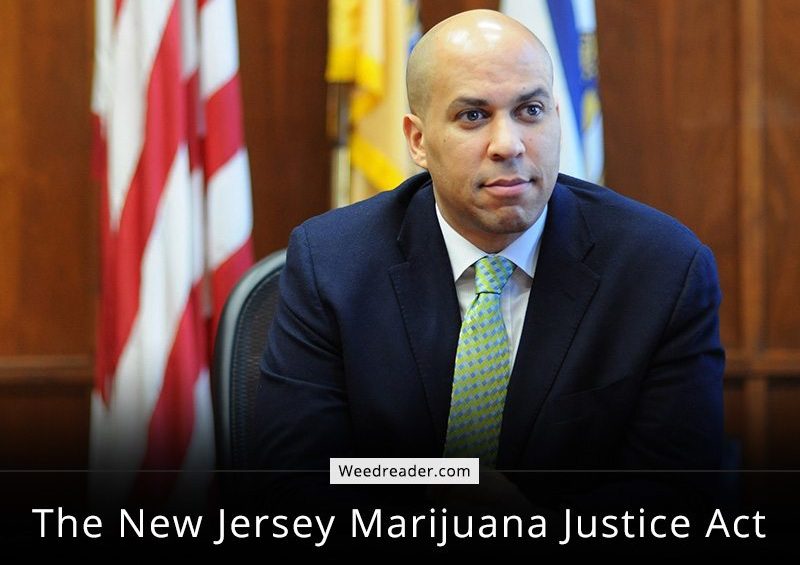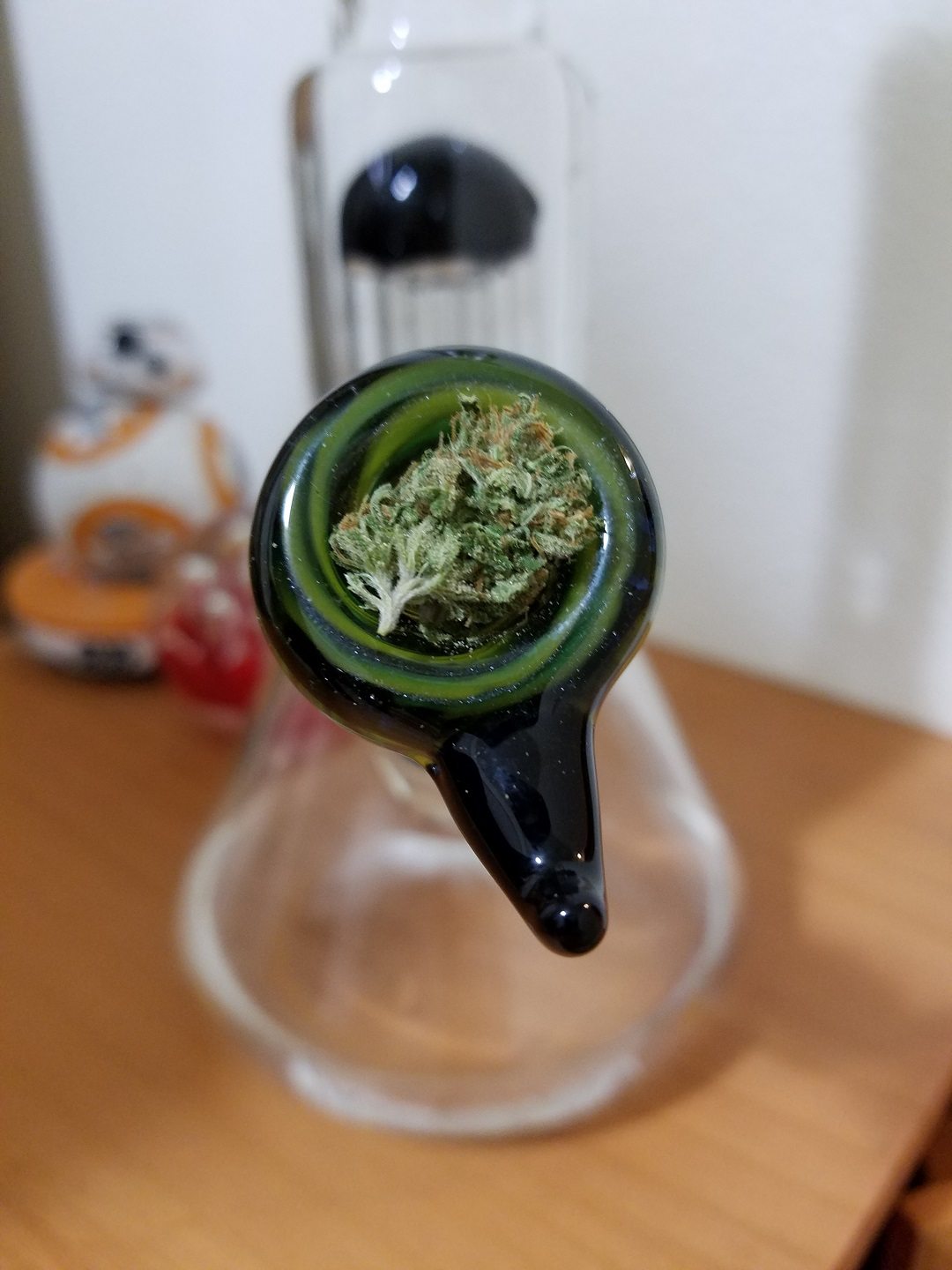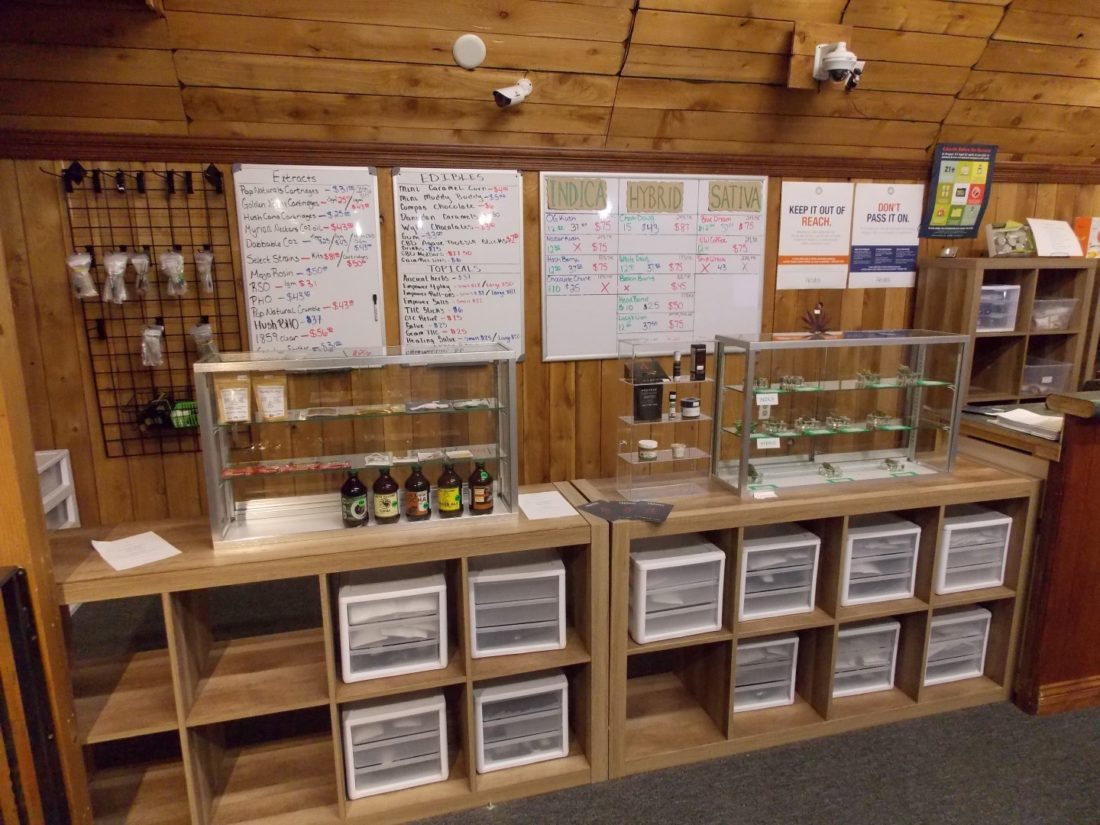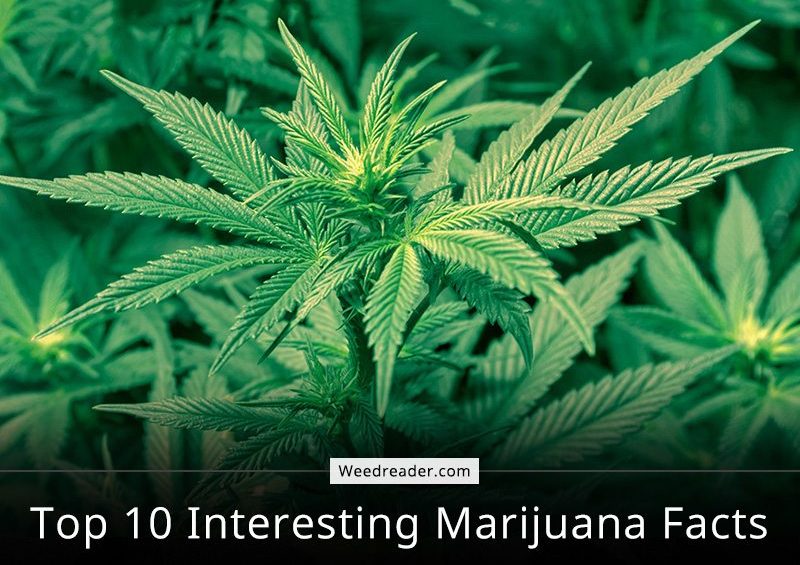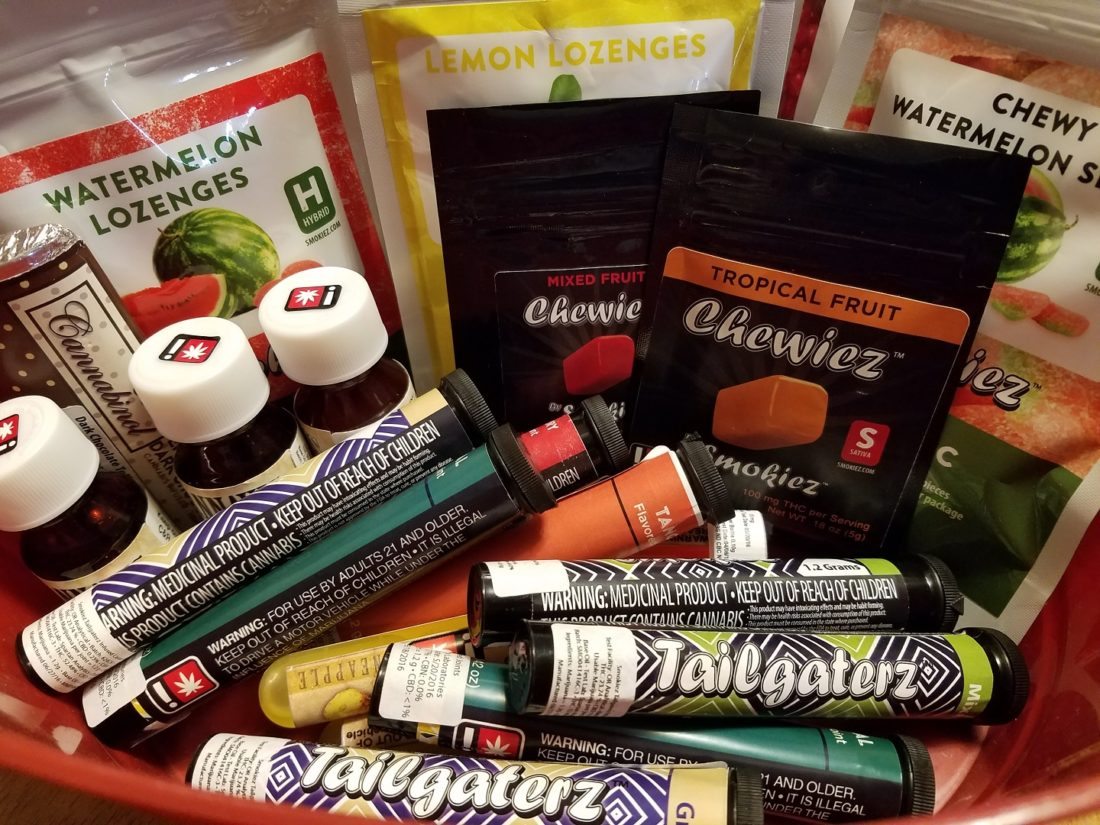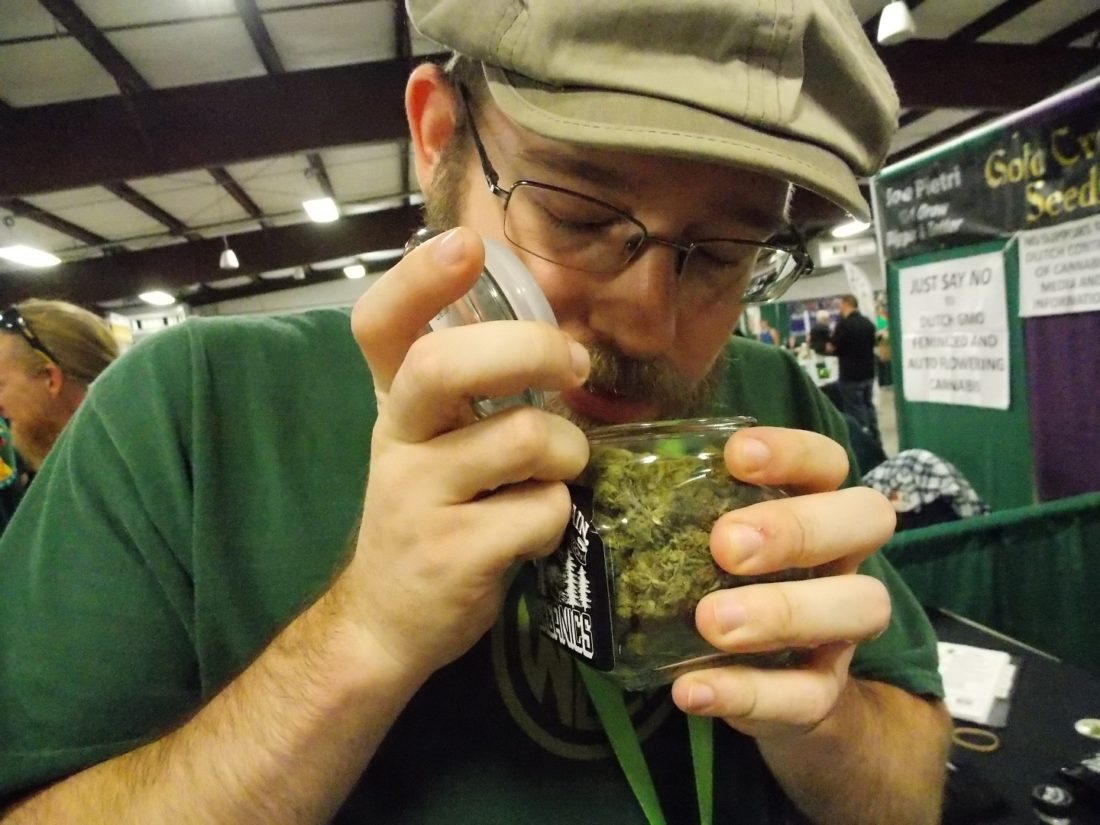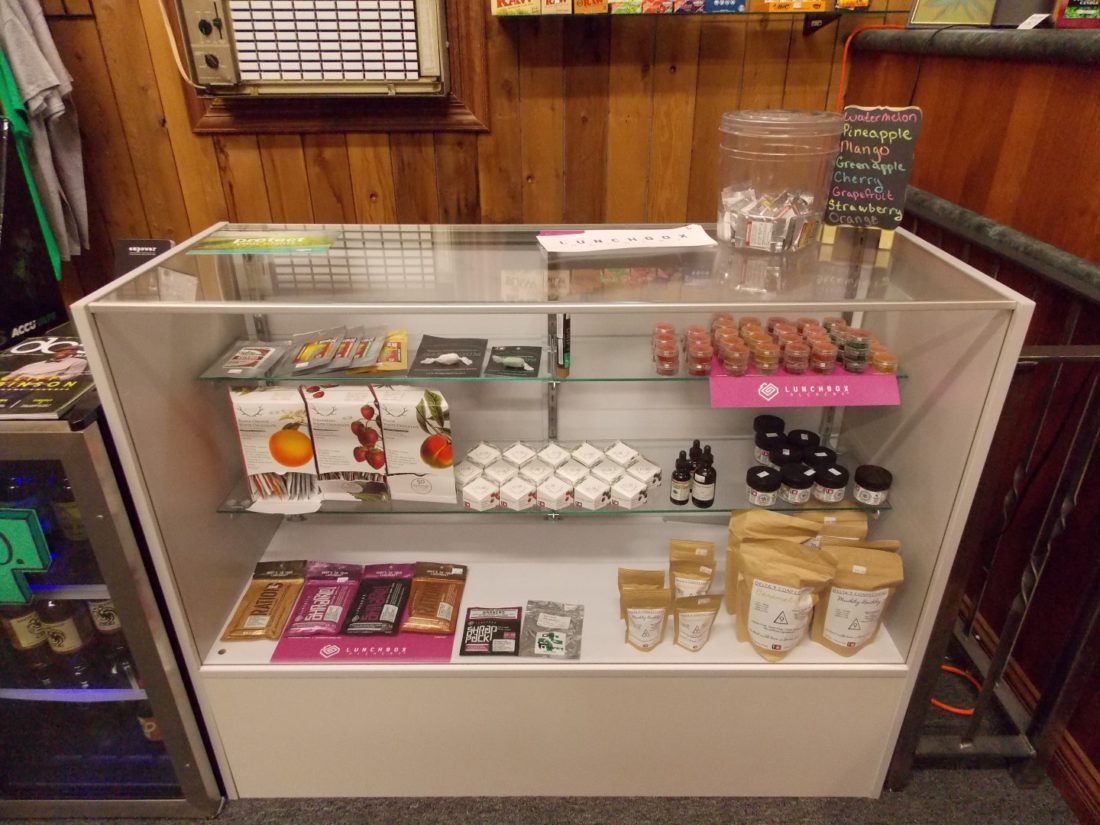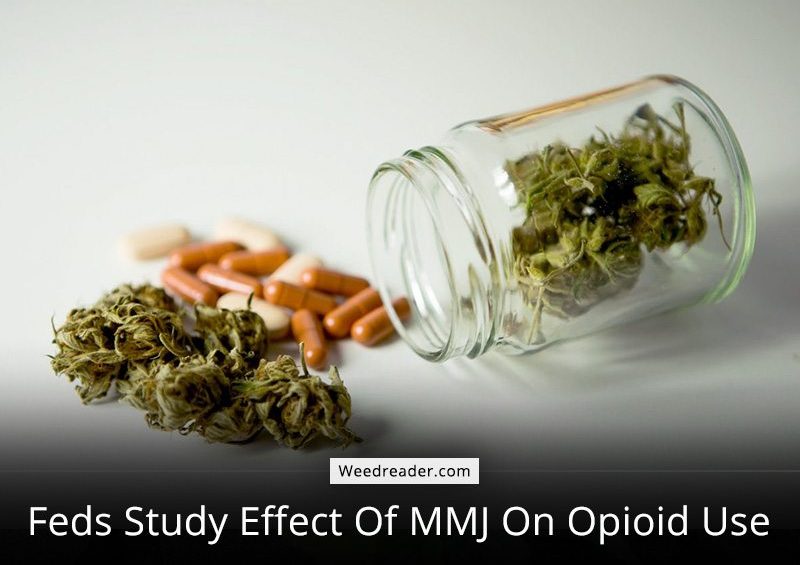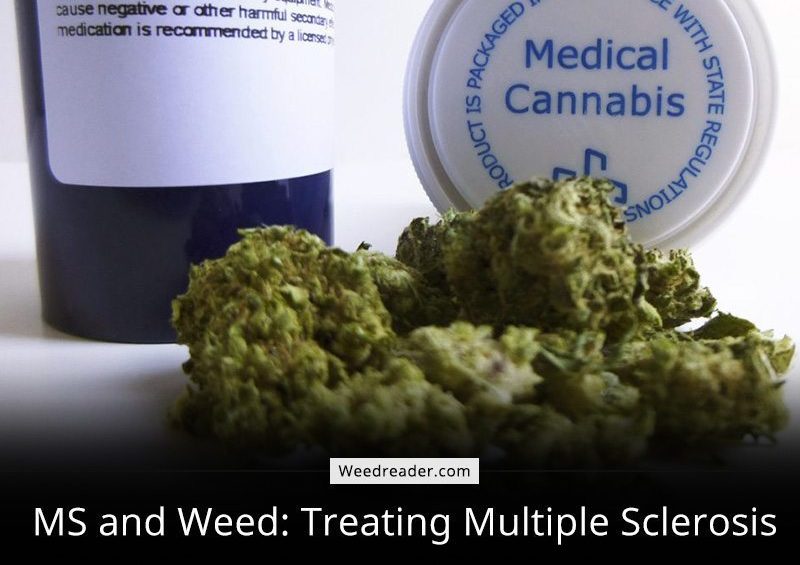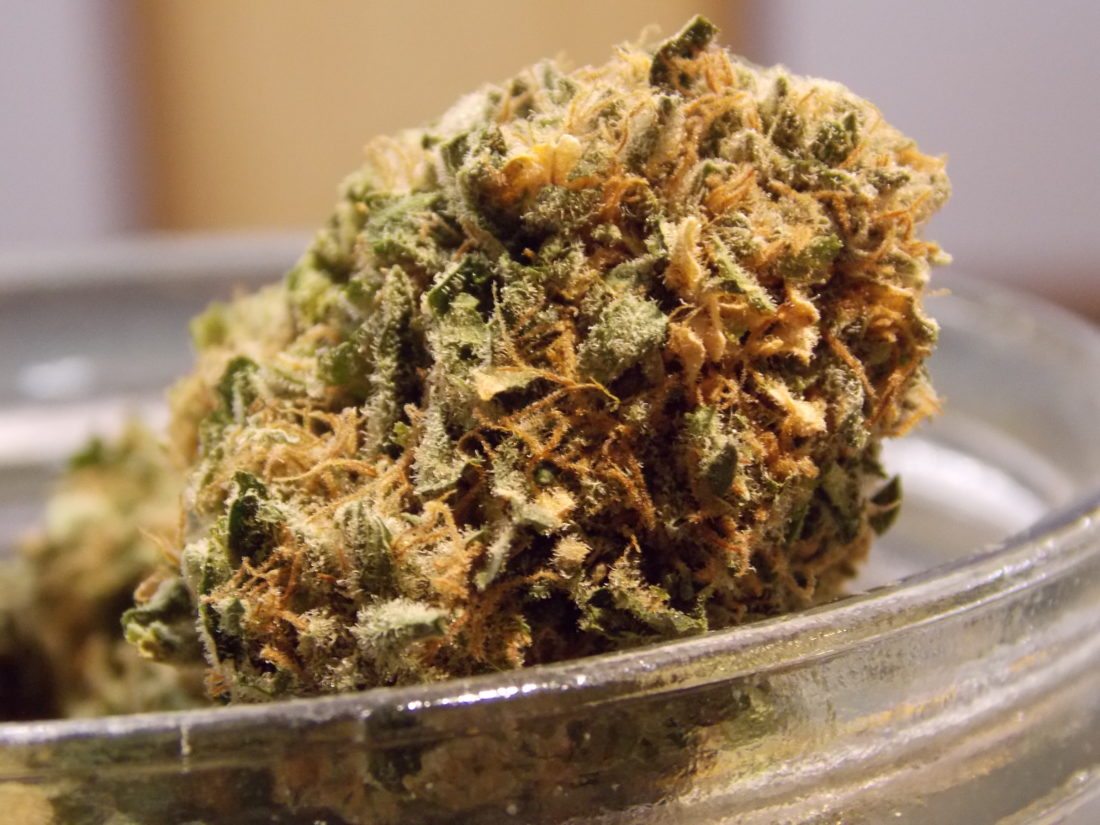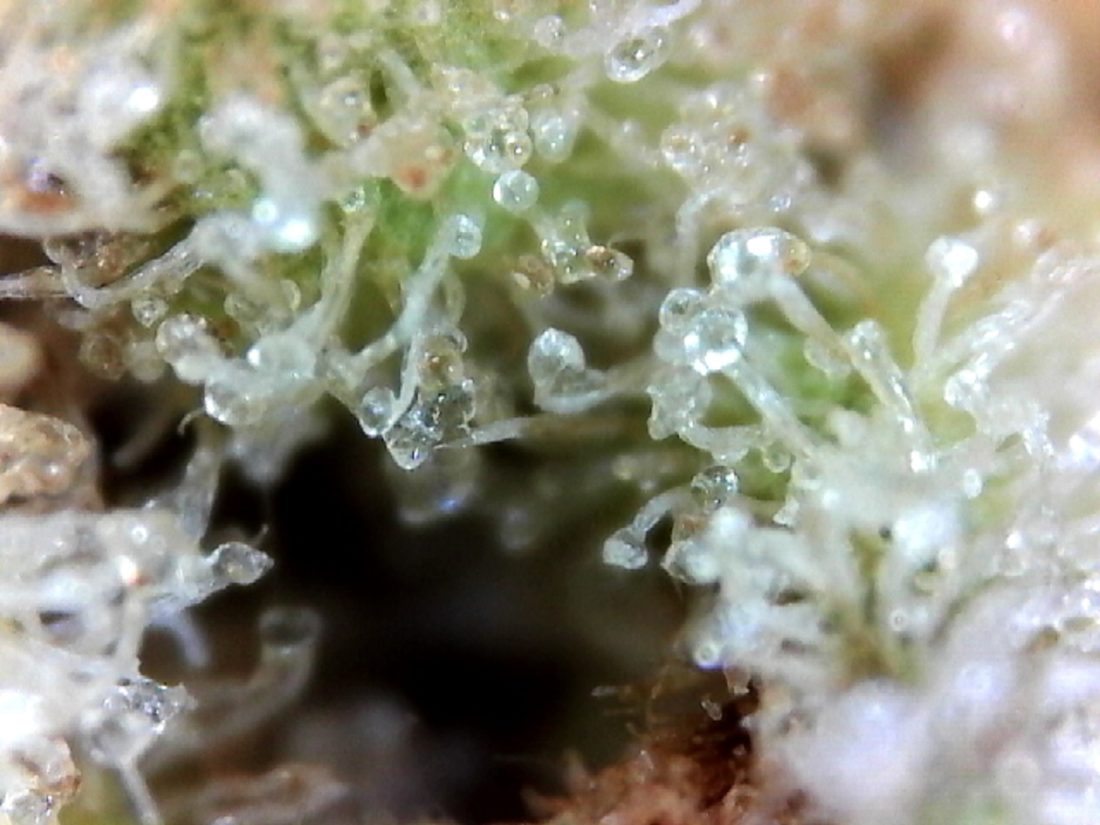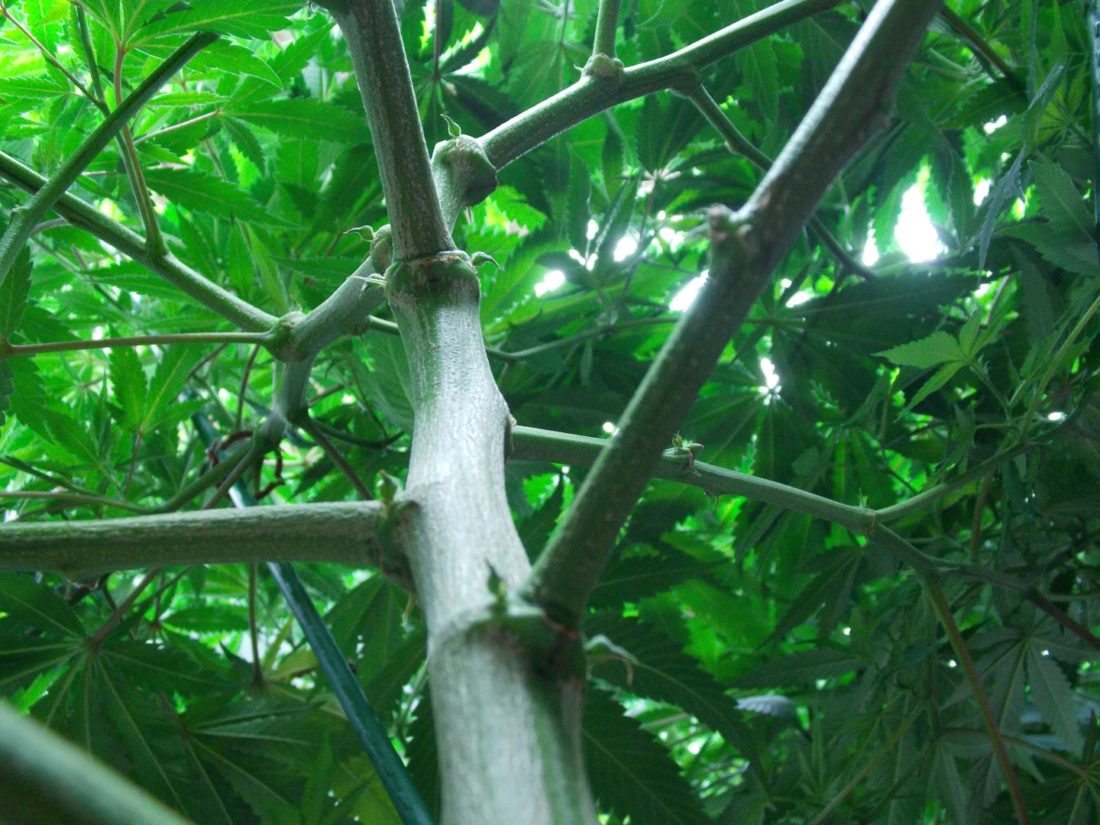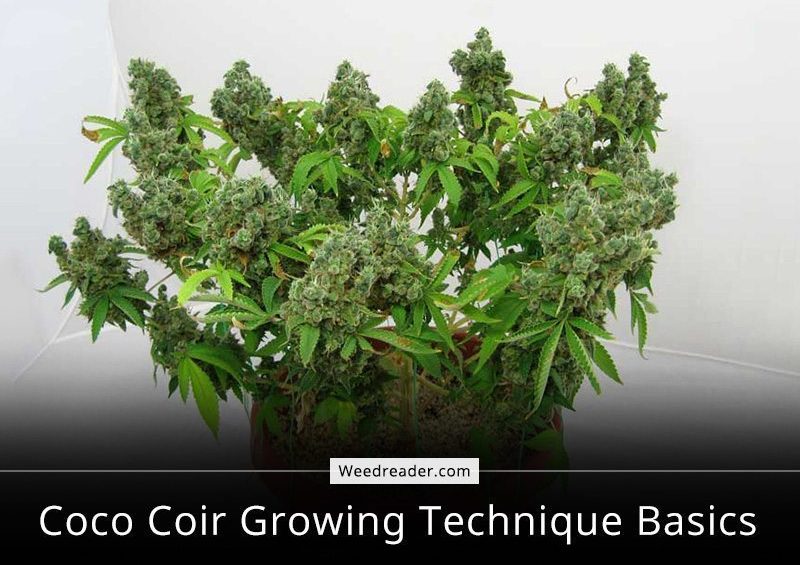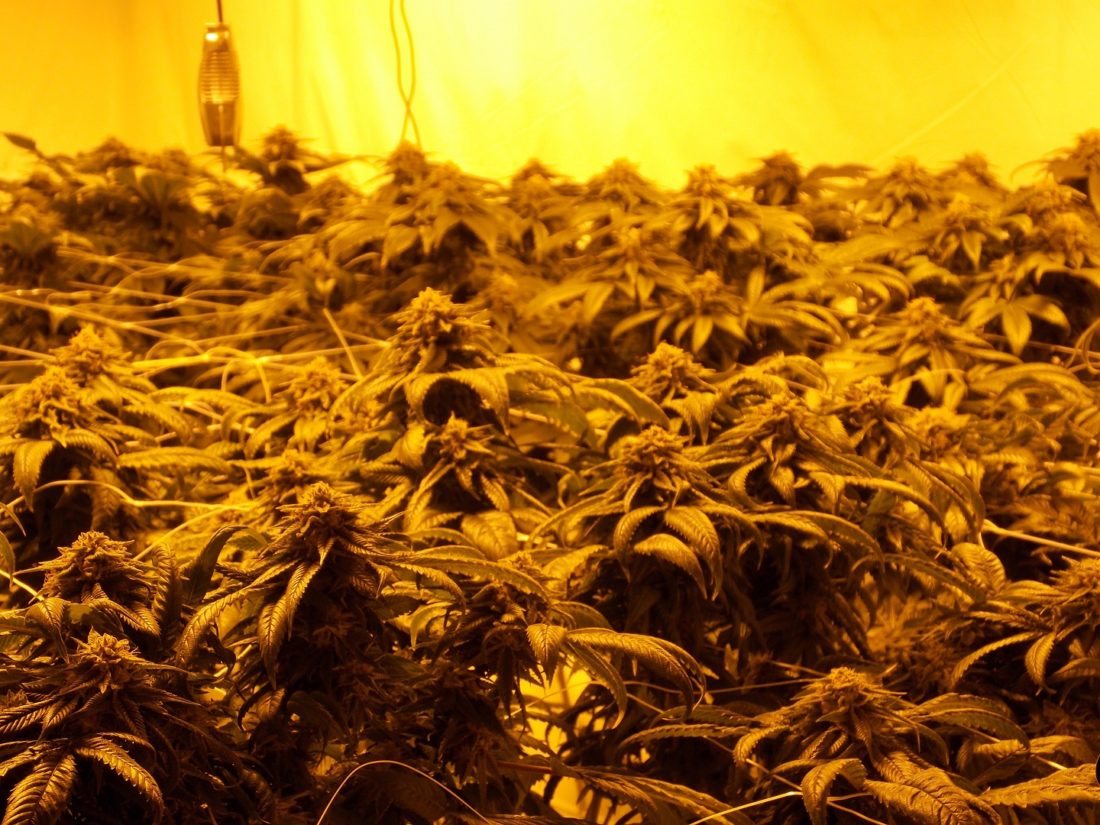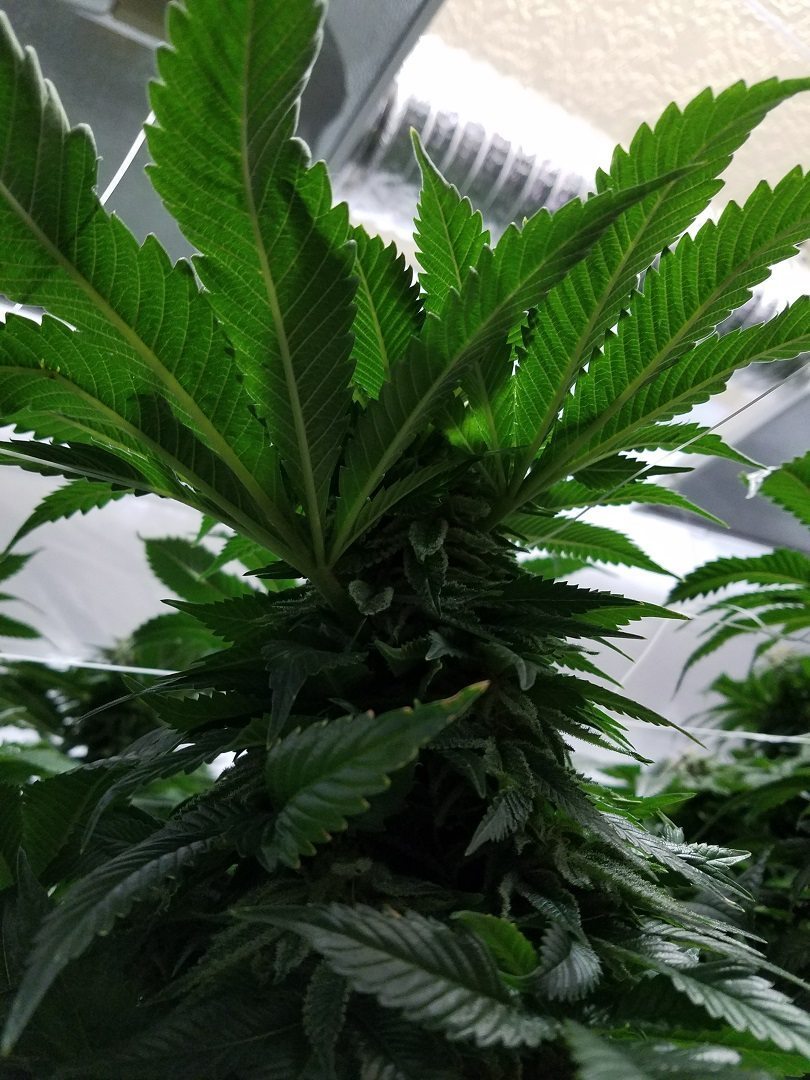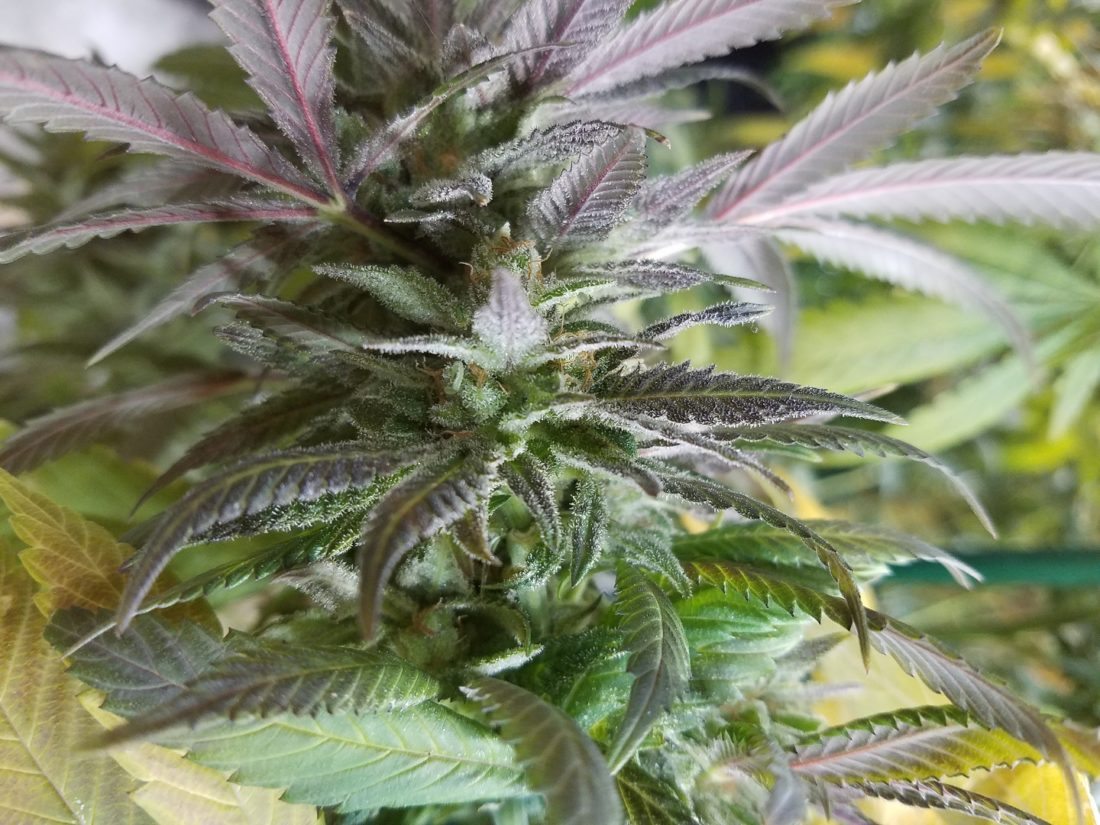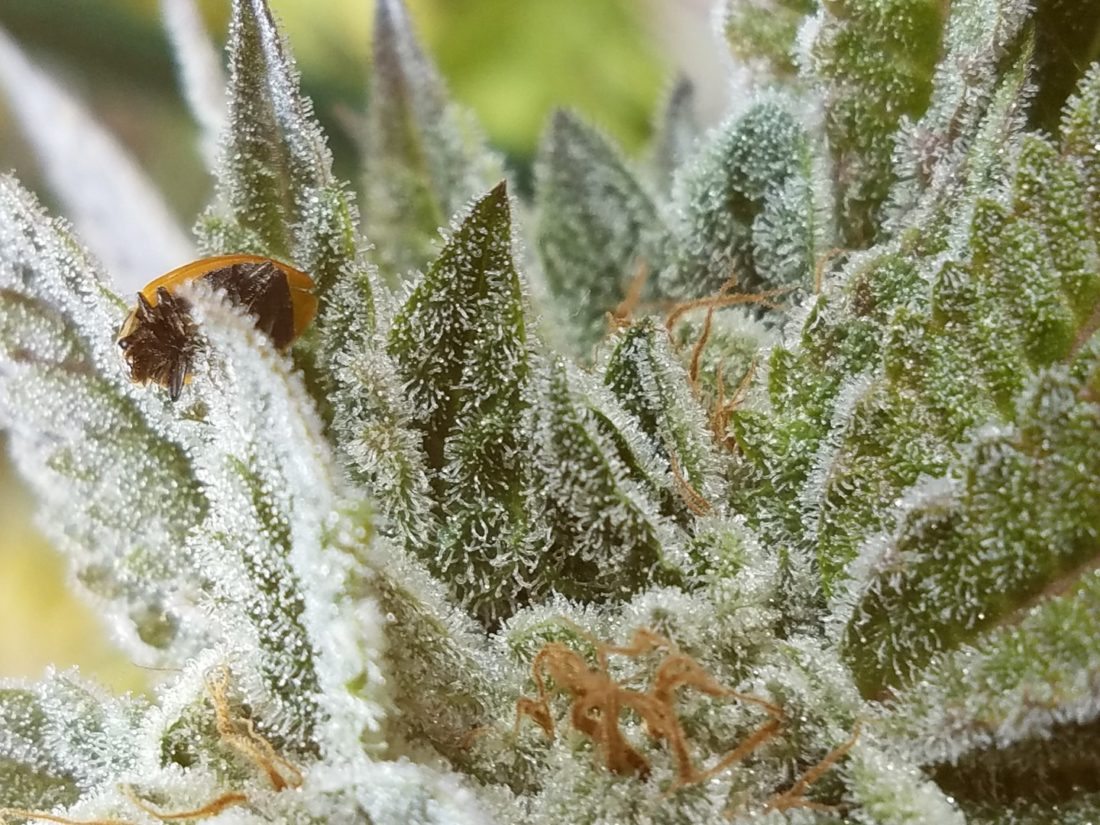Burning Man is more than a convention.
For many of the Burning Man attendees (known as Burners), the eight day festival is a religious experience on par with any pilgrimage. It’s not just coked out junkies or stoned hippies singing Kumbaya either, every walk of life attends. Lawyers, doctors, firefighters, artists and everyone else gather on the scorched plains of Nevada. Known as the Blackrock desert, the playa where Burning Man happens is one of the flattest and driest places on earth. The plain is often used to set land and airspeed records when it isn’t on fire with revelers. Burners normally have to bring anything and everything they will need with them or simply go without. But this will be the first year in over 30 that Burning Man will be held in a state where cannabis is legal. That’s because Nevada recently passed recreational marijuana reform. Now tourists and desert rats alike can legally buy cannabis for the event. They just aren’t legally allowed to openly consume at the event.
Drugs are part of Burning Man.
Started back in the late 1980s by a troop of eccentric performers, Burning Man was always about the drugs and personal expansion. Once it moved to the Nevada desert in 1990, the gathering grew to unbelievable proportions. People heard about the party in the desert where they burned a giant statue and had to experience it for themselves. Burning Man has a philosophy that encourages exploration and experimentation. Social norms about drugs, sex and our place in society are openly questioned and debated. Use of every drug under the sun is commonplace in the hedonistic atmosphere of the event. And with over 70,000 people showing up in 2015 alone, the police presence is more of a security detail than an event buster. But that doesn’t mean they won’t confiscate your stash. Even though cannabis is legal (and tame compared to what is available at Burning Man) to consume in Nevada, the event is held on federal land. That means there won’t be any booths selling bud next to the water truck. But that isn’t expected to stop people from buying weed on their way out to the event.
Cannabis shops around the silver state geared up.
Retailers across the state rolled out and rolled up for the event. Everyone from casinos to resturaunts and especially weed shops know what Burners are looking for. In addition to offering Burner themed strains and deals, many retailers created special products and care packages for the festival. One of the new products available to Burners starting Friday, Aug. 25 is called a Burner Box. This collaboration between Blüm and Vegas Weekend Box is designed from the ground up to meet any stoners needs. The box includes some of Nevada’s best-selling cannabis products specially packaged for tourists. The $299 price tag means Burner Boxes aren’t cheap. They do present a sizable value though. The boxes are loaded with cannabis oil, edibles, flower and joints from leading Nevada producers. It also includes a portable vaporizer and a high-end mini-torch designed to withstand the windstorms Blackrock is known for.
It’s no surprise that casinos want in on the hot THC action.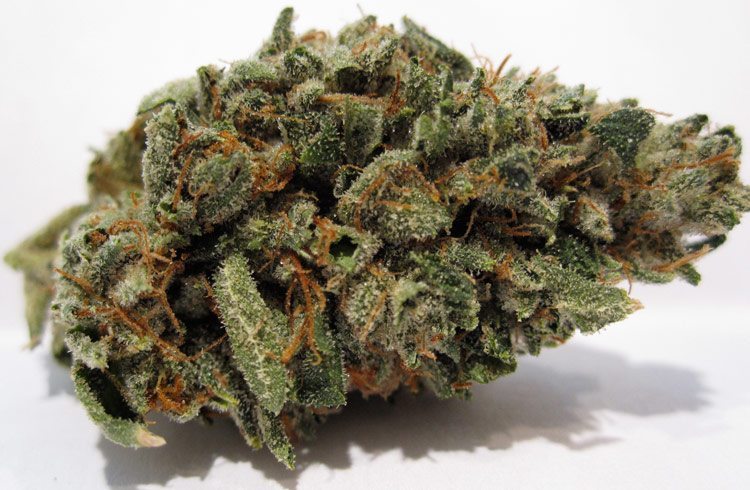
While the Nevada Gaming Commission determines how to provide areas for consuming cannabis in casinos, users can book weed friendly services. The corporation that owns Eldorado Resort Casino, Silver Legacy Resort Casino, and Circus Circus Hotel Casino in Reno and the Montbleu Resort Casino and Spa in Lake Tahoe isn’t letting this chance pass them by. The company hosts an epic three-day, three-night Burning Man detox starting Sept. 4.


